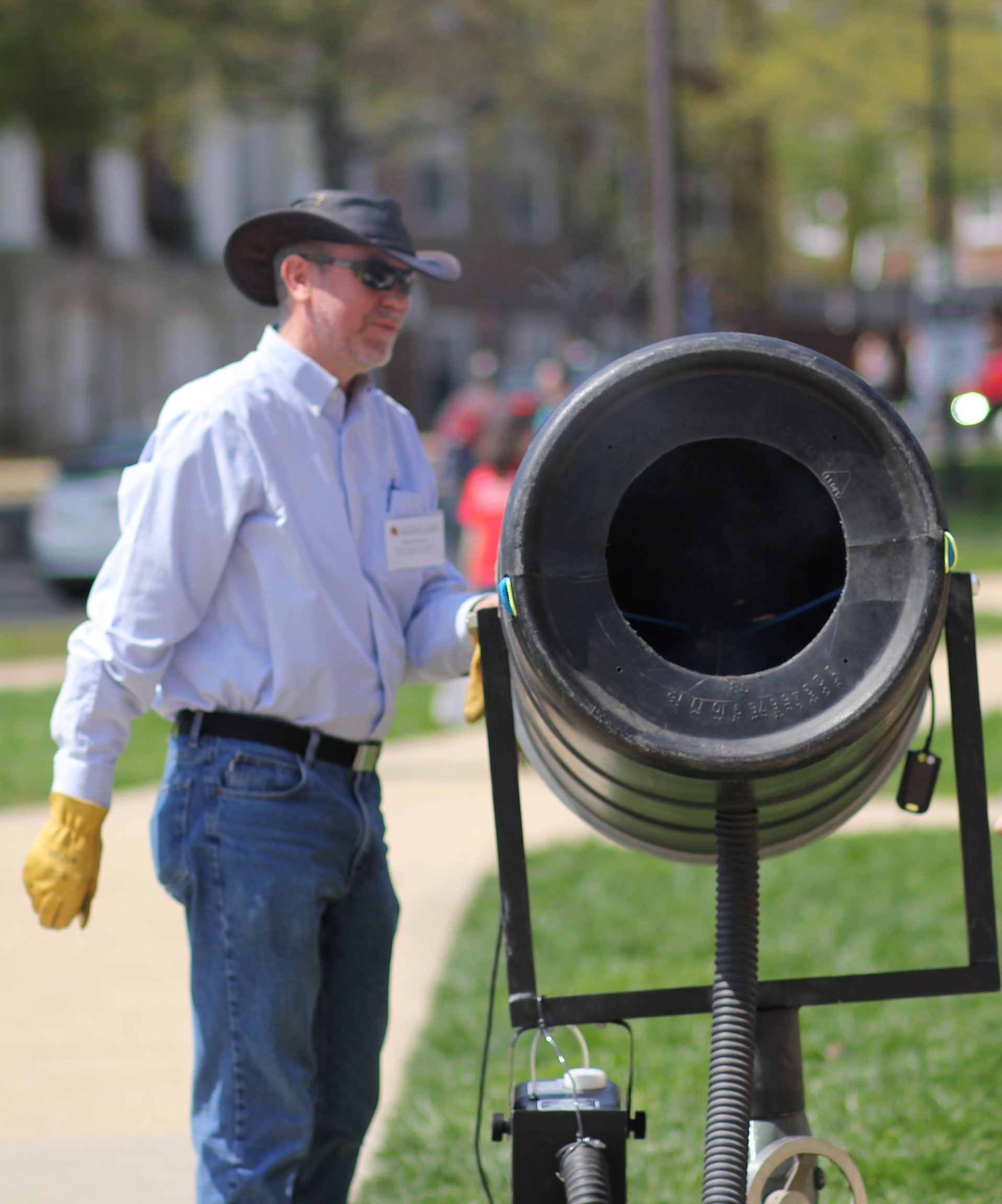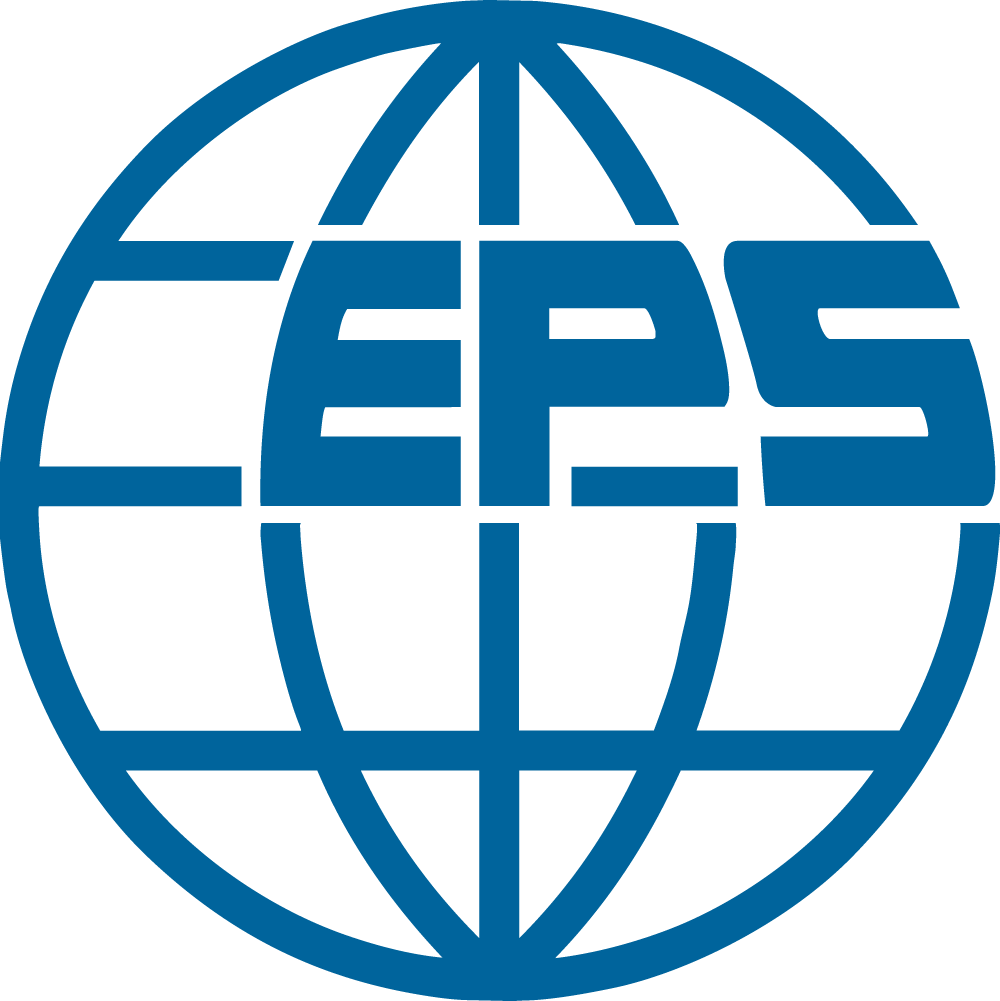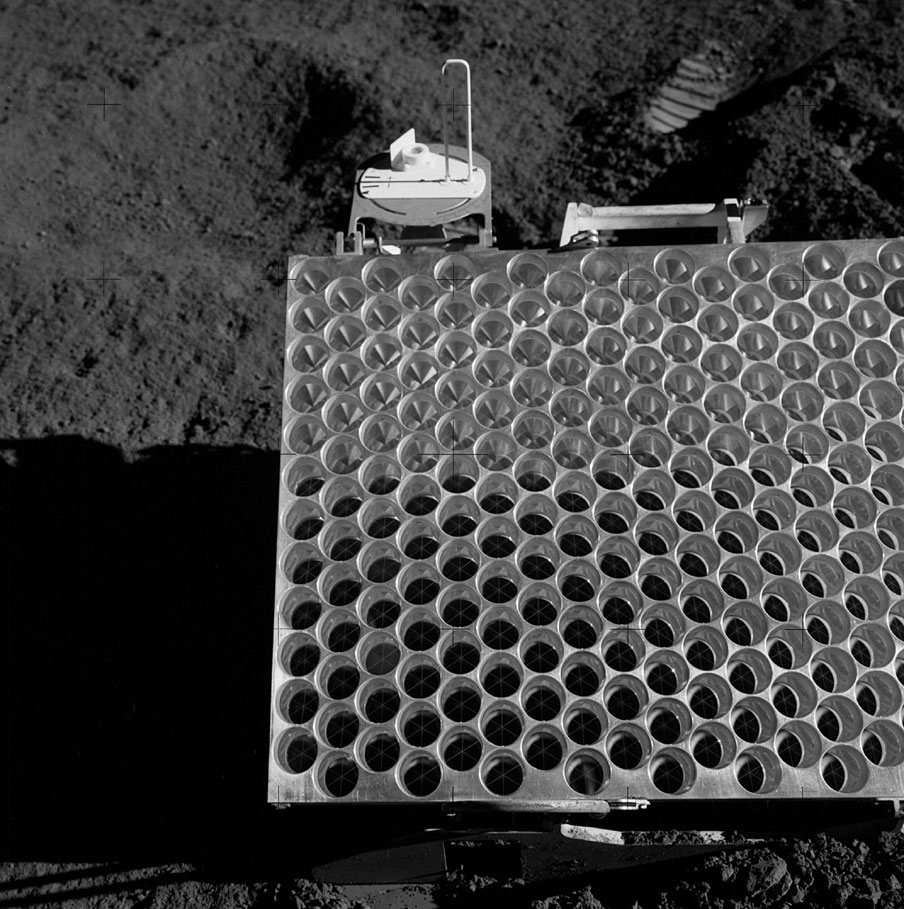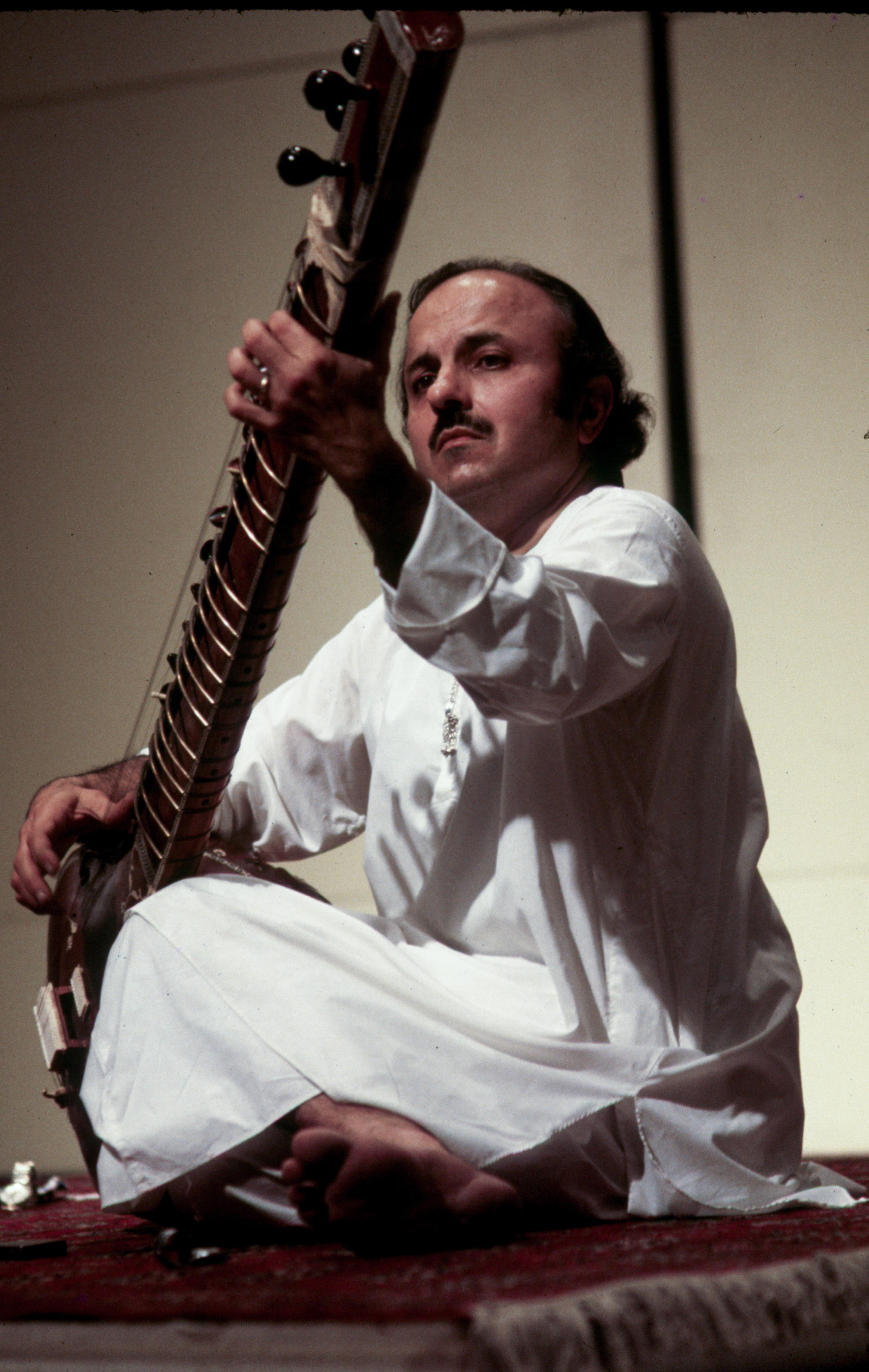Dan Lathrop Named Distinguished Scholar-Teacher
- Details
- Published: Friday, June 28 2019 10:37
 Professor Daniel Lathrop has been named a University of Maryland Distinguished Scholar-Teacher. He will be recognized during the university’s annual Convocation ceremony on Wed., September 18 at 3 p.m. in the Memorial Chapel. A reception will follow in the Chapel Garden.
Professor Daniel Lathrop has been named a University of Maryland Distinguished Scholar-Teacher. He will be recognized during the university’s annual Convocation ceremony on Wed., September 18 at 3 p.m. in the Memorial Chapel. A reception will follow in the Chapel Garden.
The Distinguished Scholar-Teacher Program, established in 1978, honors a small number of faculty members each year who have demonstrated notable success in both scholarship and teaching. Distinguished Scholar-Teachers receive an honorarium of $5,000 to support their professional activities, and make public presentations on a topic within their scholarly discipline. Lathrop will give his lecture on October 29 at 4 p.m. in the PSC lobby.
An interdisciplinary researcher with additional joint appointments in UMD’s Department of Geology, Institute for Research in Electronics and Applied Physics, and Institute for Physical Science and Technology, Lathrop studies turbulence—the chaotic motion of fluids such as air or water. Understanding turbulence is crucial to studying phenomena such as the flow of air over an airplane wing, water flowing down a drain or the behavior of Earth’s molten outer core.
Lathrop is particularly interested in Earth’s core, which generates a magnetic field that shields Earth from the sun’s radiation, allowing life to exist. Geological records show that the Earth’s magnetic field has reversed polarity numerous times in the past. When it does so, the magnetic field weakens, leaving the planet unprotected. However, scientists do not understand how Earth’s magnetic field is generated and what causes it to reverse. To investigate this question, Lathrop constructed a 3-meter spinning sphere filled with molten liquid sodium to model Earth’s core.
Lathrop was elected a fellow of the American Association for the Advancement of Science in 2011 and a fellow of the American Physical Society in 2005. He also received a Presidential Early Career Award from the National Science Foundation in 1997.
In addition to his research career, Lathrop is an enthusiastic mentor. Since joining UMD in 1997, he has mentored nine postdoctoral scholars, 19 Ph.D. students, 10 M.S. students, and more than 60 undergraduate and high school students.
“It is rare—and wonderful—to find a teacher and mentor as fully engaged and enthusiastic as is Professor Lathrop,” wrote Steven Rolston, professor and chair of the UMD Department of Physics, in a letter nominating Lathrop for the award. “He provides not only scientific knowledge but his deep-down love of the lab and of learning.”
Lathrop earned his B.A. in physics from the University of California, Berkeley, in 1987 and his Ph.D. in physics from the University of Texas at Austin in 1991.
 The European Physical Society has announced that the
The European Physical Society has announced that the


